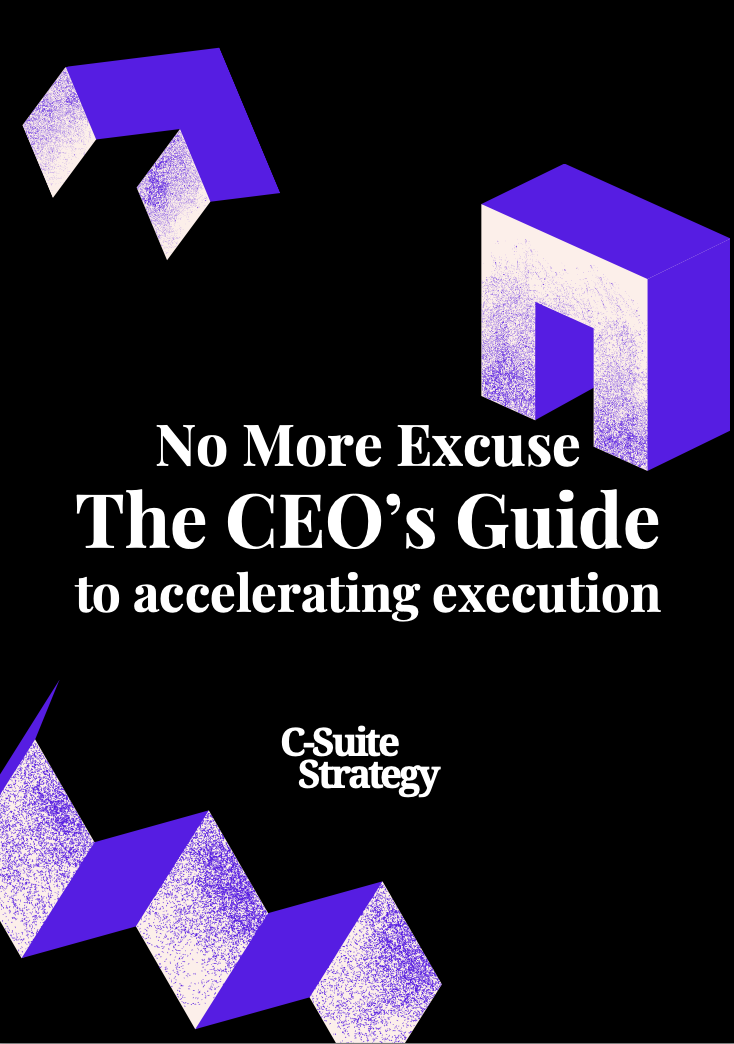
Understanding the Role of an Interim CEO
The Distinctive Dynamics of Interim CEOs
The transition phase in a company, characterized by a shift in the executive leadership, often necessitates the appointment of an interim CEO. These specialized leaders are adept at steering the organization through pivotal periods of change while ensuring continued performance and growth. Unlike a permanent CEO, an interim executive is typically engaged for a defined period, focusing on specific objectives set by the board.
An interim CEO serves as a bridge, navigating the uncertainties that accompany leadership transitions. They possess unique capabilities that go beyond the typical responsibilities of a full-time CEO. Understanding the art of executive alignment, they act swiftly to align organizational goals with the long-term vision, setting the stage for sustainable success.
During this temporary phase, these executives focus on strategic decision-making and building trust within the management. Their role often extends beyond mere management tasks, involving a deeper analysis of the company's strategic direction in preparation for a smooth transition to a permanent executive. Candidates for this role come equipped with a comprehensive understanding of business dynamics, allowing them to implement necessary changes while maintaining organizational stability.
The value of an experienced interim CEO lies not just in their ability to fill an immediate vacancy, but in their capacity to investigate and address deeper, systemic issues within the company. Their presence often results in improved organizational performance and helps in laying the groundwork for the next chief executive, providing a unique opportunity to harness interim leadership to the firm's long-term advantage.
Strategic Decision-Making in Transitional Leadership
Decisive Actions for a Decisive Era
In the realm of transitional leadership, an interim CEO must quickly adapt to the dynamic business environment of the company. The ability to make strategic decisions is crucial for navigating challenges and steering the organization towards stability and growth. Unlike a permanent CEO, an interim executive operates within a compressed timeline, which necessitates rapid yet thoughtful decision-making.
Interim CEOs, equipped with extensive experience and a fresh perspective, are tasked with identifying immediate issues and implementing solutions that can have a significant, temporary impact. While their tenure is not long-term, the effects of their decisions can shape the company's trajectory and influence its performance for years to come. Therefore, balancing quick wins with sustainable outcomes is essential.
Prioritizing Strategic Objectives Amid Transition
To ensure that strategic decisions align with the overarching goals of the firm, an interim chief executive should prioritize a set of actionable objectives from the outset. This involves:
- Conducting a holistic evaluation of current business operations.
- Identifying key areas where immediate interventions can deliver substantial improvement.
- Engaging with board directors and key stakeholders to gain insights on urgent priorities.
- Fostering an environment of open communication to ensure all involved parties are aligned on the strategic direction.
When interim executives successfully implement these strategies, they not only fill the temporary CEO role effectively but also pave the way for smoother transitions to a permanent CEO. This approach underscores their potential to drive meaningful change without causing disruption.
For further insights into the strategic decisions and how interim managers can forge valuable partnerships during these transitional periods, take a look at our comprehensive analysis on executive advisory boutiques.
Building Trust and Credibility Quickly
Establishing Rapid Connections and Building Confidence
Interim CEOs often step into unfamiliar situations where their ability to build trust rapidly is crucial. Unlike a permanent CEO, an interim executive faces a condensed timeline to make impactful connections. This unique position requires a strategic approach, as interim managers cannot rely on the prolonged relationship-building period that a full-time CEO might enjoy. One effective method for an interim chief to earn trust is through transparent communication and decisive actions. By clearly articulating objectives and acknowledging organizational challenges, interim executives can assert authority and encourage collaboration across the company. Such transparency not only fosters respect but also aligns teams with the interim CEO's vision for growth and performance. Equally crucial is the interim's capacity to understand and adapt to the cultural and operational dynamics of the organization. Savvy interim CEOs leverage their experience to quickly assimilate into the company’s fabric, understanding unwritten rules and existing management strategies. Demonstrating empathy and responsiveness can significantly bolster trust. An interim CEO's success also hinges on their ability to engage with key stakeholders like board directors, clients, and team members. Establishing a reputation for reliability and competence can have lasting effects, influencing future leadership transitions or even aiding in the selection of a permanent CEO by demonstrating the qualities essential for the role. For more insights on maximizing influence during pivotal meetings, explore strategies for the C-suite, which can further enhance an interim leader’s effectiveness. By mastering these connections, interim executives can transform their temporary position into a powerhouse of positive influence and organizational alignment.Aligning Interim Goals with Long-Term Vision
Harmonizing Short-Term Objectives with Future Planning
Interim leadership roles often come with the challenge of steering a company through transitional periods while ensuring alignment with long-term ambitions. As an interim CEO, it's crucial to understand that while your tenure may be temporary, your impact can last well into the future. This requires a delicate balance between addressing immediate needs and crafting a continuity plan that resonates with the organization’s enduring goals. One of the most effective ways to achieve this balance is through a strategic assessment of the company’s current position in relation to its future aspirations. During this assessment, interim CEOs must:- Identify Key Priorities: Focus on urgent matters that require prompt attention, such as stabilizing operations or addressing specific roadblocks that may hinder progress.
- Engage with Leadership Teams: Collaborate closely with existing executive officers and board directors to ensure that interim objectives are complementary to the firm's strategic direction.
- Develop Measurable Goals: Establish clear, quantifiable goals that can provide momentum towards the company's broader vision. These goals should be realistic and achievable within the interim period.
- Communicate Across the Organization: Maintaining open lines of communication with staff and stakeholders is essential in building trust and demonstrating commitment to the company’s mission and values.














